The 2009 Mut Expedition – back in the field
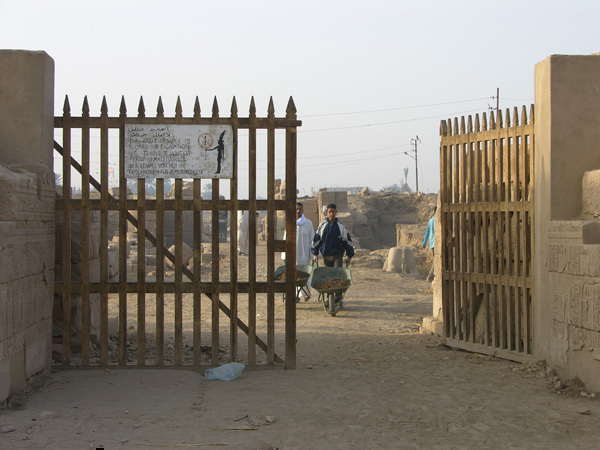
The Mut Precinct’s front gate
The Brooklyn Museum Mut Expedition’s next season of fieldwork will take place between mid-January and mid-March, 2009. Once again we will be posting a blog each Friday describing the work of the past week. We hope the blog will help viewers understand the complexities of archaeological excavation and the many activities it involves. If you aren’t familiar with the precinct and our work there, check out the Mut Expedition part of the museum’s website.
As always, the Brooklyn Museum thanks the Supreme Council of Antiquities, particularly its Secretary General, Dr. Zahi Hawass, for their support of our work in Egypt. The SCA supervises all archaeological fieldwork, research and preservation projects in the country.
Here is an overview of the work planned for 2009.
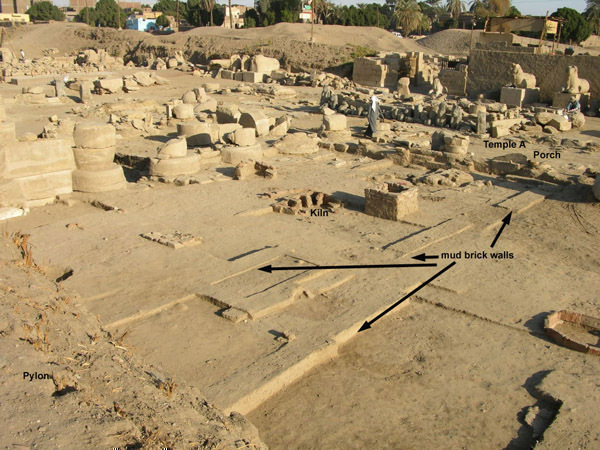
For the past few years we have been excavating between the east wing of the Mut Temple’s 1st Pylon and Temple A’s columned porch. The area has proven much more complicated than expected, revealing a complex of structures, including a kiln, dating from the Ptolemaic Period to the 2nd century AD. This view, taken from the top of the pylon, shows the area at the end of the 2008 season.
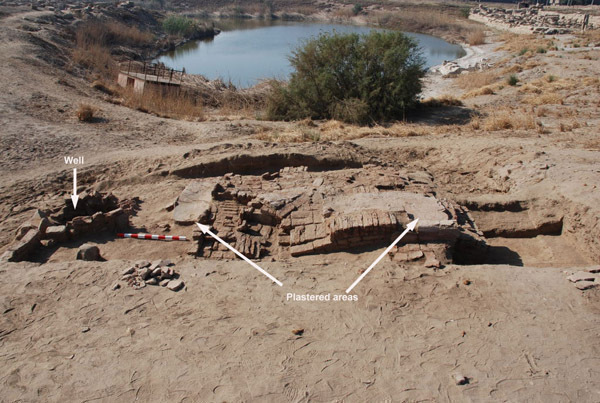
South of the Taharqa Gate we have begun to uncover this unusual baked brick building that contains two plastered areas (cisterns?) and a well. It sits atop the remains of the precinct’s 18th Dynasty enclosure wall and against the wall running south from the Taharqa Gate. We don’t yet know its purpose or its precise date, although it is probably late Ptolemaic-early Roman. We hope to understand more by the end of the 2009 season.

King Taharqa of Dynasty 25 enlarged the Mut Precinct to include Temple A, which formerly stood outside the precinct proper. He built a large gateway on the west side of the expanded precinct, creating a new processional way leading to Temple A. What we don’t know is what lay outside the gate in Dynasty 25. By the late Ptolemaic Period the gate had been blocked, the ground to its west had been leveled by an intentional land fill, and houses occupied the northwest quadrant of the site. In 2009 we will try to find out what lies below these late structures.
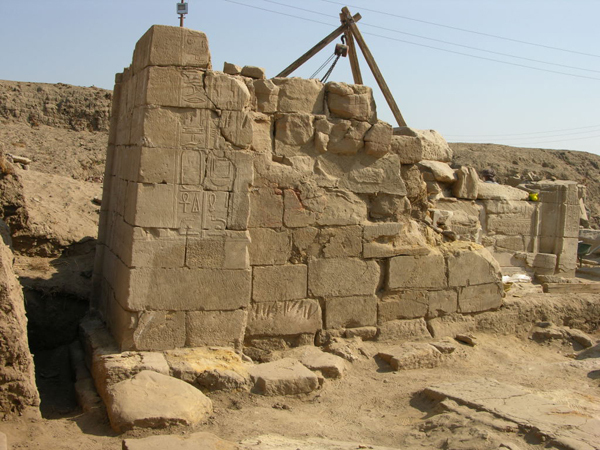
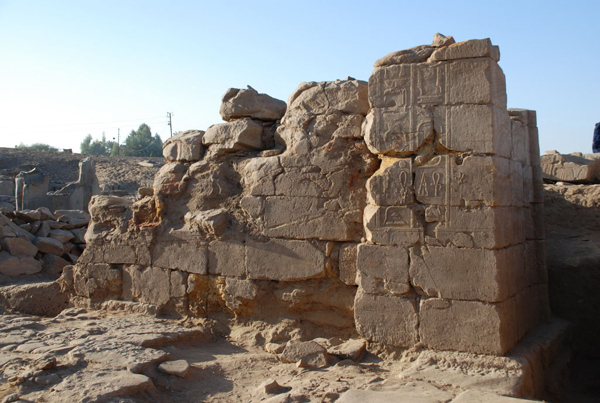
Last season we completed excavation of the north (top) and south wings of the Taharqa Gate. The passing ages have not been kind to the stone of which the gate is built. This year’s major conservation project will be to consolidate the stone of the gateway and rebuild it as much as we can, repositioning fallen blocks whenever possible. It will be a real challenge and may take more than one season to complete.
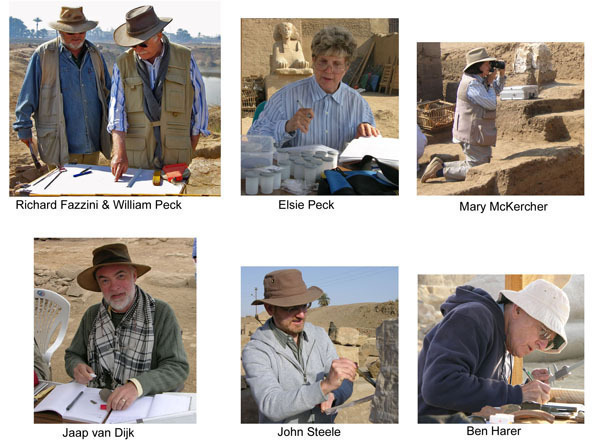
We are fortunate to have the same team working with us again this season. William Peck is the expedition’s co-field director and architect; Elsie Peck keeps the expedition records and assists in registration; Mary McKercher is assistant director and photographer; Jaap van Dijk is our epigrapher and registrar; John Steele, is our conservator; and Ben Harer our recorder of pottery.
We won’t know which of our Egyptian colleagues will be working with us until we get to Luxor, but they will form a vital part of the expedition and contribute to its overall success.
Stay tuned. The first on-site blog should appear in mid-January.
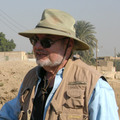
Richard Fazzini joined the museum as Assistant Curator of Egyptian Art in 1969 and served as the Chairman of Egyptian, Classical and Ancient Middle Eastern Art from 1983 until his retirement in June 2006. He is now Curator Emeritus of Egyptian Art, but continues to direct the Brooklyn Museum’s archaeological expedition to the Precinct of the Goddess Mut at South Karnak, a project he initiated in 1976. Richard was responsible for numerous gallery installations and special exhibitions during his 37 years at the museum. An Egyptologist specialized in art history and religious iconography, he has also developed an abiding interest in the West’s ongoing fascination with ancient Egypt, called Egyptomania. Well-published, he has lectured widely in the U.S. and abroad, and served as President of the American Research Center in Egypt, America’s foremost professional organization for Egyptologists.
